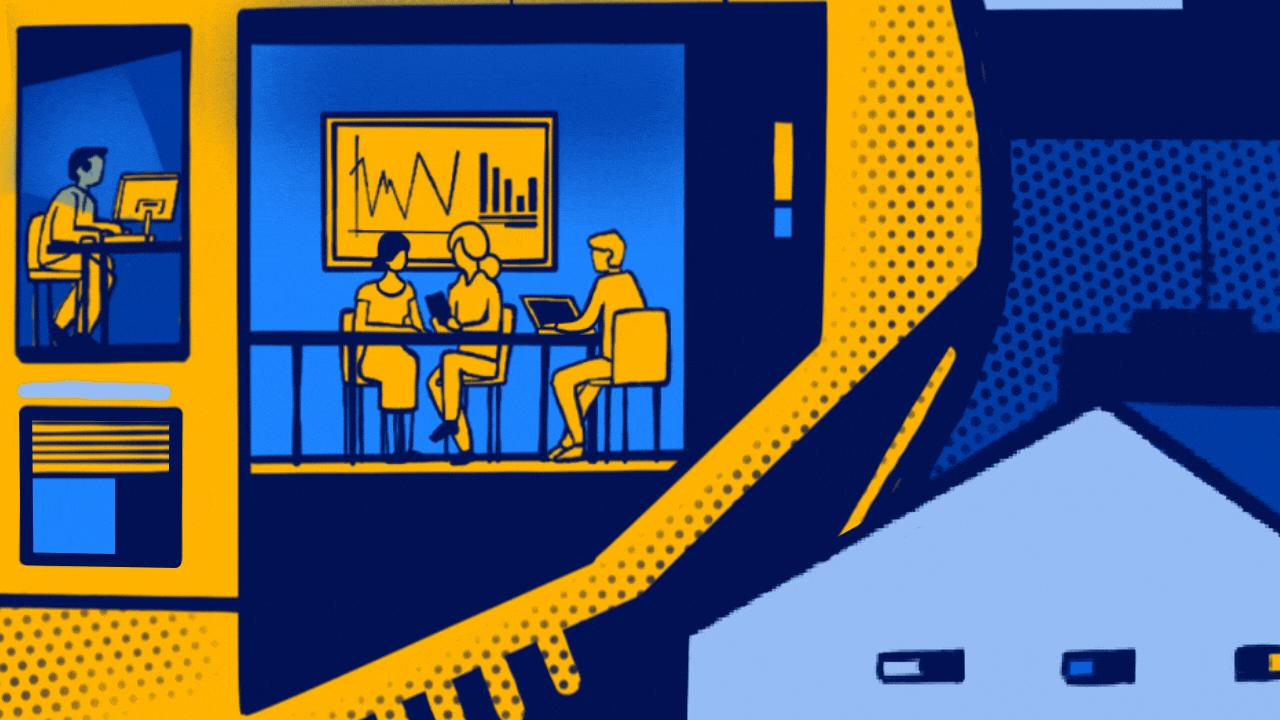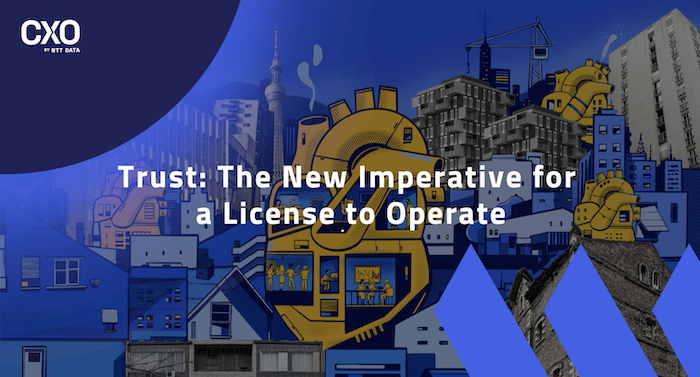
Photograph: Mathew Schwartz/Unsplash
Different workspaces are changing the way we live, our relationships with colleagues and the concept of work itself. New personal and professional paths are emerging and within this hybrid ecosystem, the idea of growth and development is changing irreversibly.
HR functions now have a vital task: managing resources, starting with rapidly evolving assumptions in search of effective answers to a series of fundamental questions for the company’s growth.
Learning programmes in the era of hybrid working: from tactical to systemic
Over the last year, the health crisis had a significant impact on the labour market, as well as training programmes. The new hybrid working models involve an immediate need to offer professional development remotely, with elearning increasingly becoming the go-to solution.
Initially, HR teams put a special emphasis on the use of digital tools by figuring out which courses to offer and how to improve employee engagement, particularly improving programmes that could be delivered online, so that individuals could continue to access services despite the restrictions to social contact.
According to the Cegos survey 2020 (based on a sample of 250 HR managers and 1,780 employees across Europe), as a result of the pandemic 89% of HR specialists report that they have adapted the company’s training offerings to the elearning model. 41% said they had converted projects that started as classroom training to online training, and 32% have instituted new training courses following the Covid-19 emergency.
The transition to new ways of learning involves moving from a tactical view of training to a systemic one. Training modalities are becoming more integrated with each other.
The transition to new ways of learning involves moving from a tactical view of training to a systemic one. Training modalities are becoming more integrated with each other, creating a real training path consisting of different content and modes of delivery. For example, you can alternate webinars, short mobile-based learning modules (learning pills), and a digital or physical laboratory.
This is made possible through the implementation of a Learning Management System (LMS). The LMS has become an essential support for course planning, production and digital content distribution within companies. The diffusion of this technology allows HR to accurately monitor the level of employee’s engagement, productivity and return on investment.
Innovative devices like facial recognition are used to monitor participants’ level of engagement during courses. Other significant monitoring parameters are the number of interactions, including the shared comments on specific channels, that the employees have with the learning platform, as well as traditional techniques such as multiple-choice tests and satisfaction surveys.
91% of HR managers believe that the key to tackling digital transformation lies in skills development.
The acceleration of digital training programmes: smart learning
The labour market evolution is provoking an acceleration of digitalisation programmes by companies. According to the Cegos survey, 91% of HR managers believe that the key to tackling digital transformation lies in skills development, which is considered a strategic lever by 84% of employees too. In particular, companies have highlighted the need for upskilling in the new digital skills like digital communication and digital thinking. 35% of those surveyed believe that digital skills are the key to winning work challenges in the future.
Therefore, a smart learning approach includes a more immersive and appealing educational experience for employees by taking full advantage of what technology and digital capabilities have to offer:
Intuitive fruition inspired by ‘Netflix-like’ entertainment: AI-related solutions can capture and analyse the users’ preferences in order to suggest the most appropriate courses based on their needs.
Self-directed learning: employees apply for specific courses by creating their own training path and reversing their role from passive to active. Many HR specialists consider this modality crucial for the training evolution in order to make it more personalised.
Synchronous digital content, to make training usable every time, everywhere and always accessible from every device.
Social learning platforms: to share knowledge and experience without barriers within the company. After an evaluation by a subject matter expert, anyone who possesses skills with qualitative content can share them with others through the social community.
Gamification tools: the development of learning methods through game mechanics. In order to increase the degree of employee engagement and act as an accelerator of learning. There can be several types of gamification, including role-playing games, puzzles and flashcard games.
Virtual/augmented reality tools: these new virtual technologies allow practice in safe virtual environments, avoiding field exercises that strongly include logistical and cost aspects. Moreover, with VR you can integrate new people into the company, develop new skills, and speed up internal production processes.
How digital training can alleviate the ‘great resignation’ phenomenon
In Italy, as was seen worldwide, almost half a million people opted for voluntary resignation in Q2 of 2021, in favour of finding a hybrid working position. Compared to 2020, that number has increased by 85%. According to the statistics of the Bank of Italy, at the end of October 2021, 40,000 more people have left their jobs in comparison with the pre-pandemic period.
In response to the proliferation of people resigning their jobs, HR must pay more and more attention to employee attraction and retention. The labour market is figuring out that a high salary or other economic benefits are no longer enough to keep hold of good talent. Employees require a structured management policy, and an offer of career and growth paths based on up-to-date skills.
Savvy companies are taking steps to introduce non-monetary benefits, such as the improvement of employee experience, wellbeing, work-life balance, and continuous training.
Organisations are realising that they need to continue guaranteeing ‘institutional’ courses, useful for the development of specific skills, but also consider the expectations of talent based on the new skills development in line with the job market.
Moreover, the acceleration of digitalisation programmes by companies has highlighted the need for new skills, both technical (training in tools, thinking about big data and analytics first) and soft (communication, inclusive leadership, project management, agile and digital thinking, and sustainability).
This strategic approach to training allows talent to acquire new skills so that they can change jobs without changing companies.
This strategic approach to training allows talent to acquire new skills so that they can change jobs without changing companies. The purpose is to allow the individual employee to define a self-directed training path by choosing from the different courses offered by the company.
Better for your employees, better for your bottom line
Employees today are looking for companies that allow them to not only build and strengthen the skills needed to perform their role, but also have opportunities for development, acquiring new skills that can enable new roles and new horizontal growth paths.
Organisational training must therefore reinvent itself to understand the desires and demands of its employees, making available courses of various kinds and in various formats (traditional training, coaching, training on the job, onboarding, shadowing, and so on). Companies who are being smart about developing their employees ensure that whatever the format, training is always up to date – and most importantly, that individuals can define their own learning path, having everything at their disposal to become an autonomous and empowered (and therefore happy and engaged) member of your workforce.


















































